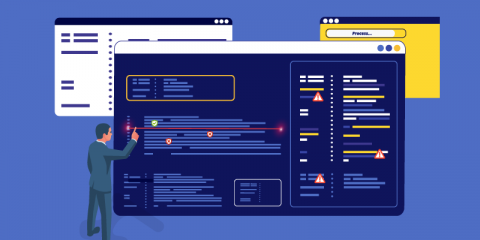CI/CD Detection Engineering: Splunk's Security Content, Part 1
It's been a while since I've had the opportunity to take a break, come up for air, and write a blog for some of the amazing work the Splunk Threat Research team has done. We have kept busy by shipping new detections under security-content (via Splunk ES Content Update and our API). Also, we have improved the Attack Range project to allow us to test detections described as test unit files.








